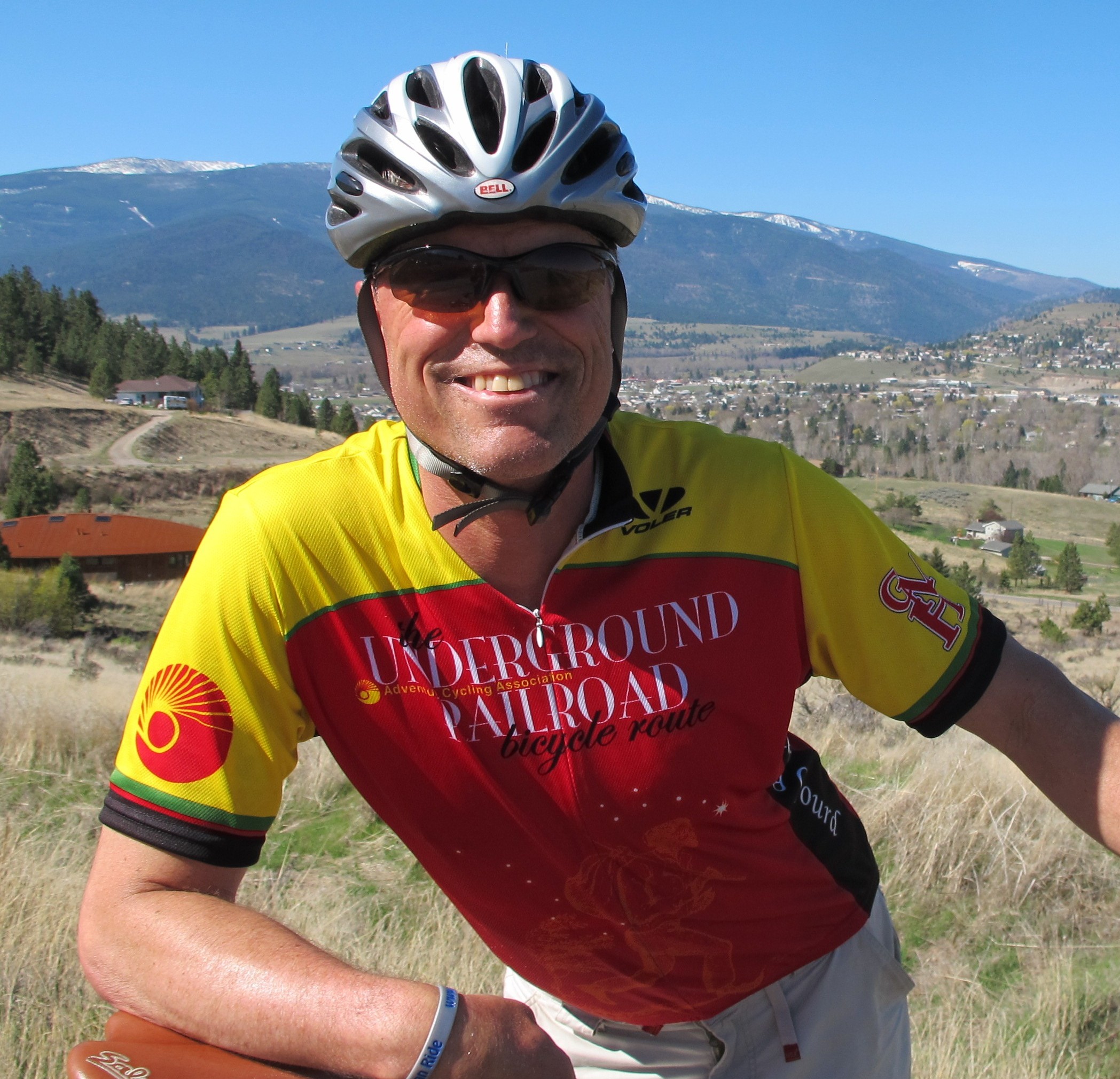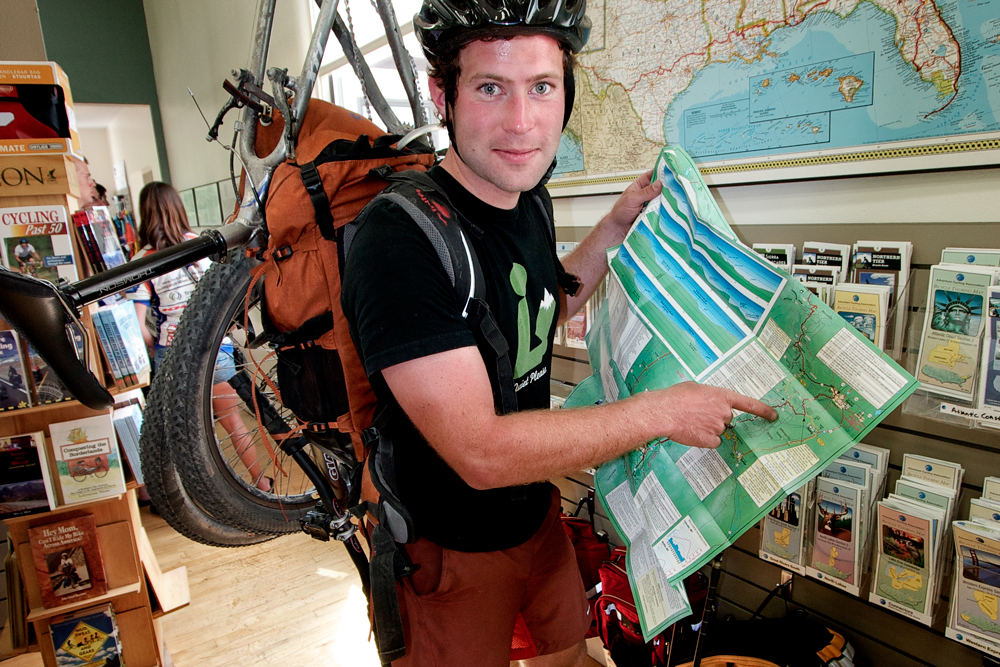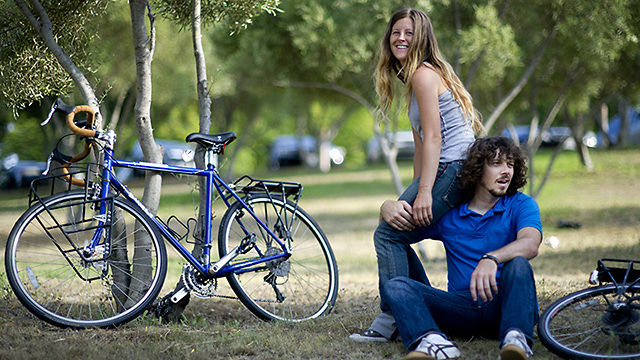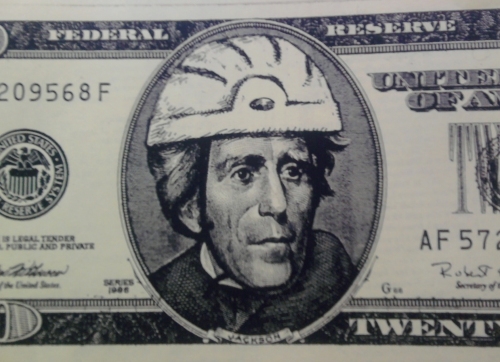
Adventure Cycling Association’s Executive Director Jim Sayer.
As winter turns to spring and the weather starts airing on the side of nice, cyclists give in to powerful daydreams of summer adventures to come. Staff meeting bullet points are lost to fantasies about dry singletrack in remote forests. Dreadful morning commutes in the pouring rain are rationalized as preparation for that big ride marked on a distant page of the calendar. And now, more than ever, those summer cycling trips are taking the form of bike tours. Exact numbers are hard to come by, but the cycling world is experiencing an undeniable bike travel boom, from fully supported luxury rides to self-supported cross-country tours to family bike rides out to the local park for a night of camping. Nonprofit Adventure Cycling Association has played a role in that growth. For the past 43 years, ACA’s been mapping routes, leading tours, and advocating for better bike touring conditions in North America. Executive Director Jim Sayer has been at the helm for the past 10 years. I spoke to Sayers about ACA’s work, his love for cycling and bike travel, bike tourism advocacy, the huge economic impact of bike travel, and more.



